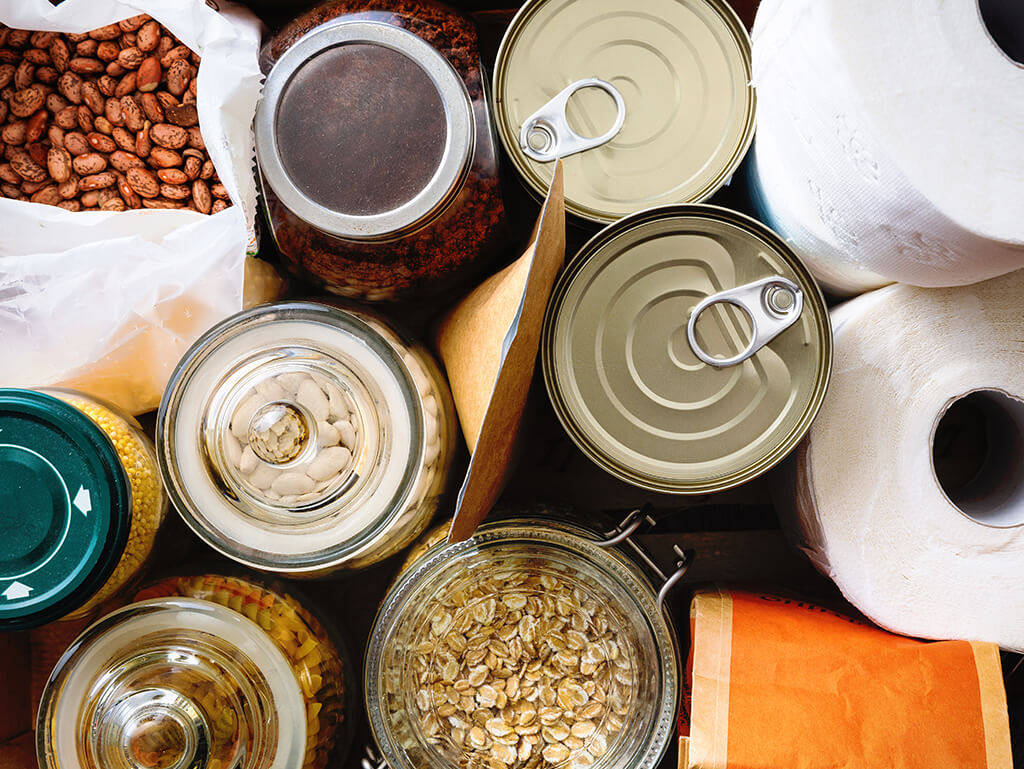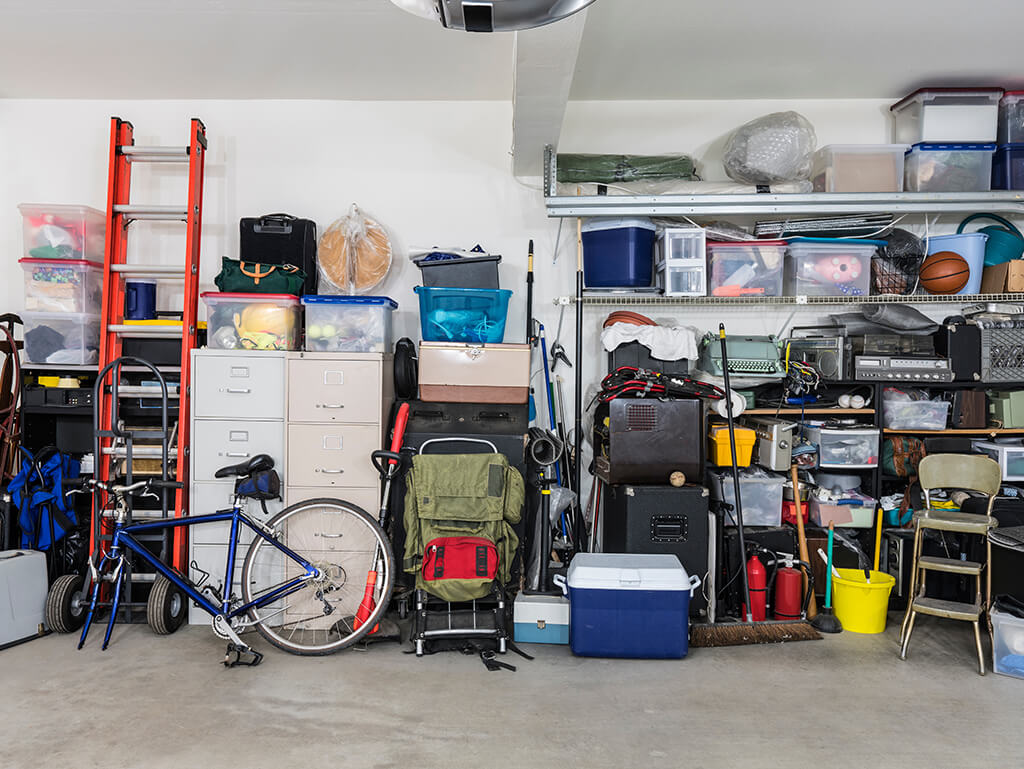House Cleaning Tips to Reduce Allergens at Home
Cleaning is one of the most important things you can do to prevent the spread of germs and illness. If you have allergies, house chores should be part of your allergy management plan. Dust and dirt can be found in your home regularly and these would accumulate if proper cleaning is not observed. This could cause allergies due to tiny dust mites, which are one of the most common allergens. We present you with several important cleaning tips to help you on your mission.

Following house cleaning tips is just prevention. If you already experience allergic reactions or attacks, it’s best to take medication like the Telekast F tablet, or other drugs prescribed by your doctor. This is a common treatment for asthma, and allergies, including allergic rhinitis, which is very common especially when cleaning the house or even upon waking up from sleep. Taking this medicine helps get rid of allergens and blocks the production of leukotrienes – inflammatory chemicals that cause the tightening of airways (hence the difficulty in breathing) and the production of excess mucus and fluids (leading to runny nose and watery eyes).
On a daily basis, it’s important to reduce allergens in your home — and house cleaning is the key. Regularly cleaning your home can remove dust, pollen, and other allergens that can trigger allergies. Here are some tips for effective house cleaning:
1. Identify and control sources of allergens

The first step in reducing allergens in your home is to identify the sources of these allergens. Allergens come in many forms such as dust, pollen, mold, and animal fur.
Dust can easily accumulate on objects with upholstery, carpeted surfaces, foam, and fabric. These can also come from the outside as they are easily carried by the wind through openings in the house such as your windows, doors, and air vents.
Pollen is also an allergen that is easily carried by the wind and this allergen can trigger allergic reactions in some people when inhaled. Flowering plants and trees produce pollen and some species of plants naturally scatter these pollen particles during certain seasons. So make sure to check on nearby plant species around your home.
Mold can grow in places that are always moist and dirty. The most common areas around the house where mold is often found growing are the kitchen and the bathroom.
By identifying the objects that produce these allergens, you can proceed to reduce and control the presence of allergens in your home by taking the necessary actions in keeping the affected objects or areas cleaned regularly.
2. Stop allergens from entering your home
Some allergens may be brought into your home accidentally by people entering through the door. Dirt, pollen, and dust can easily cling to our shoes and clothes unnoticed while we spend our time outside. As we enter our homes, we may unintentionally scatter these allergens onto different areas and objects around our house. This may be a small issue but over time, it contributes to the build-up of dirt around the house.
Among simple house cleaning tips that can prevent allergens coming into your home is by brushing off your shoes before entering the house. A stiff rug can be used in the entryway to brush off any allergens that are attached to your shoes. This is good for removing dry dirt on the soles of your shoes. Another method is by using a brush to brush off the dirt from the surfaces of the shoes or to dust off your pants or coat.
You can also ask everyone visiting your homes to leave their shoes near the entrance and provide them with indoor footwear. This can greatly reduce the amount of allergens that may enter your home and at the same time, it keeps your floor clean from outside dirt.
3. Clean air vents routinely
Houses built with air vents are also prone to allergies build-up. Initially, air vents will greatly help the ventilation of a house and prevent dust by filtering the air coming into the house. But if left unchecked, these vents become a breeding ground of bacteria and dust mites because too much dust, dirt, and molds have been clogged in the filter.
Air vents need to be checked and cleaned routinely, especially during wet and windy seasons. Mold growth is especially fast when there is too much moisture in the air and this can contribute to bacteria and allergens growing on the vents.
Cleaning the vents can be done using vacuums, brooms, and long cleaning brushes. Make sure to remove large clogs of dust and dirt and use the vacuum to clean up the rest. By cleaning your vents, your home will smell better and the air quality will improve immediately.
4. Vacuum upholstery, carpets, pillows

The usual spots that gather dust and dust mites are carpets and upholstery. Doormats, sofas, and curtains are common objects that collect dust when left untreated. The fibers of the fabric used in these objects easily catch airborne dust and dirt and accumulation of these particles over time attract dust mites and other insects. Be sure to check on these objects regularly to avoid the build-up of dust.
Aside from these, pillows and mattresses are also prone to dust mites. That is why it is advisable to change your pillowcases and bed sheets weekly and vacuum clean your pillows. As for the mattress, you should deep clean it at least twice a year and vacuum clean it at least every quarter. (Although the more often, the better!)
5. Reduce moisture to avoid mold growth

Too much moisture leads to mold growth. This is the reason why mold grows in the wet areas of the house such as the kitchen and the bathroom. You can easily tell signs of mold growth due to the smell it exudes, which can be described as musty or pungent, overall a rather unpleasant odor. Mold also produces allergens that can be harmful when inhaled so it is necessary to get rid of any mold as soon as there are signs of growth.
Mold growth can be prevented primarily by reducing the moisture in the room. This can be done by adding ventilation or using a dehumidifier. Doing this dries out the air in the room and makes it difficult for mold to grow.
When cleaning molds, you can also use cleaning agents or common household products such as bleach in cleaning and scrub out mold in tiles and bathroom fixtures. After this, always make sure to dry all these areas to prevent further mold growth.
Mold can also grow on your door mats if they have been wet and left undried for a long time. Make a habit of cleaning and drying your door mats whenever they are wet to avoid mold from forming on them.
Fireplace mold is also a common problem that many homeowners face. This type of mold can occur due to high high humidity levels and moisture in the chimney and can cause a persistent musty odor and potential health issues if left untreated. To prevent fireplace mold, it is recommended to have regular chimney inspections and cleanings, as well as ensuring proper ventilation and moisture control in the surrounding area.
Allergies can be controlled if you know what triggers your reactions, so it is good to read up and see more information related to medications for these allergic reactions. Making sure to keep your living spaces tidy with these house cleaning tips also helps a lot in reducing the allergens that can circulate around the house.
 720-982-7856
720-982-7856



